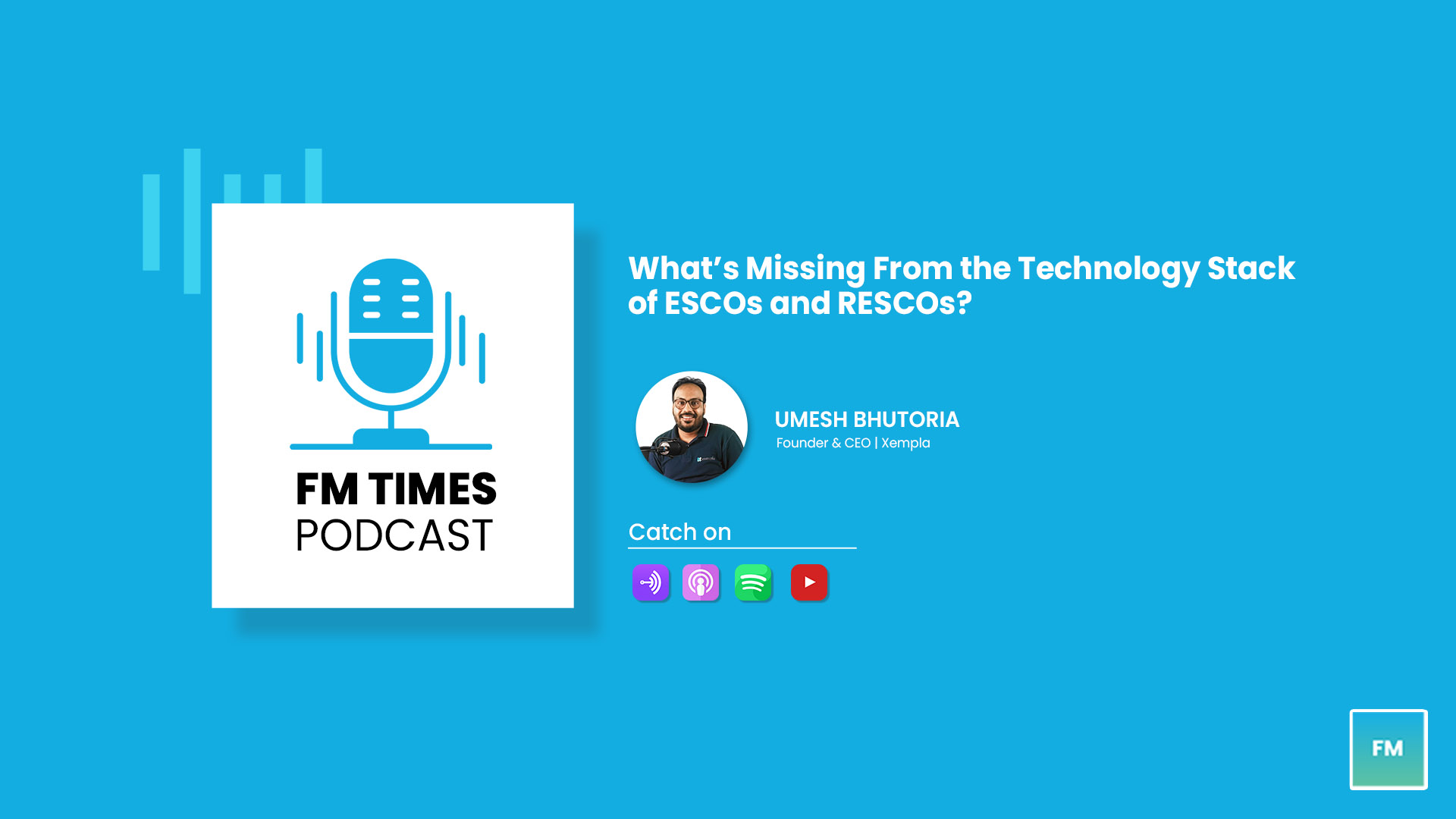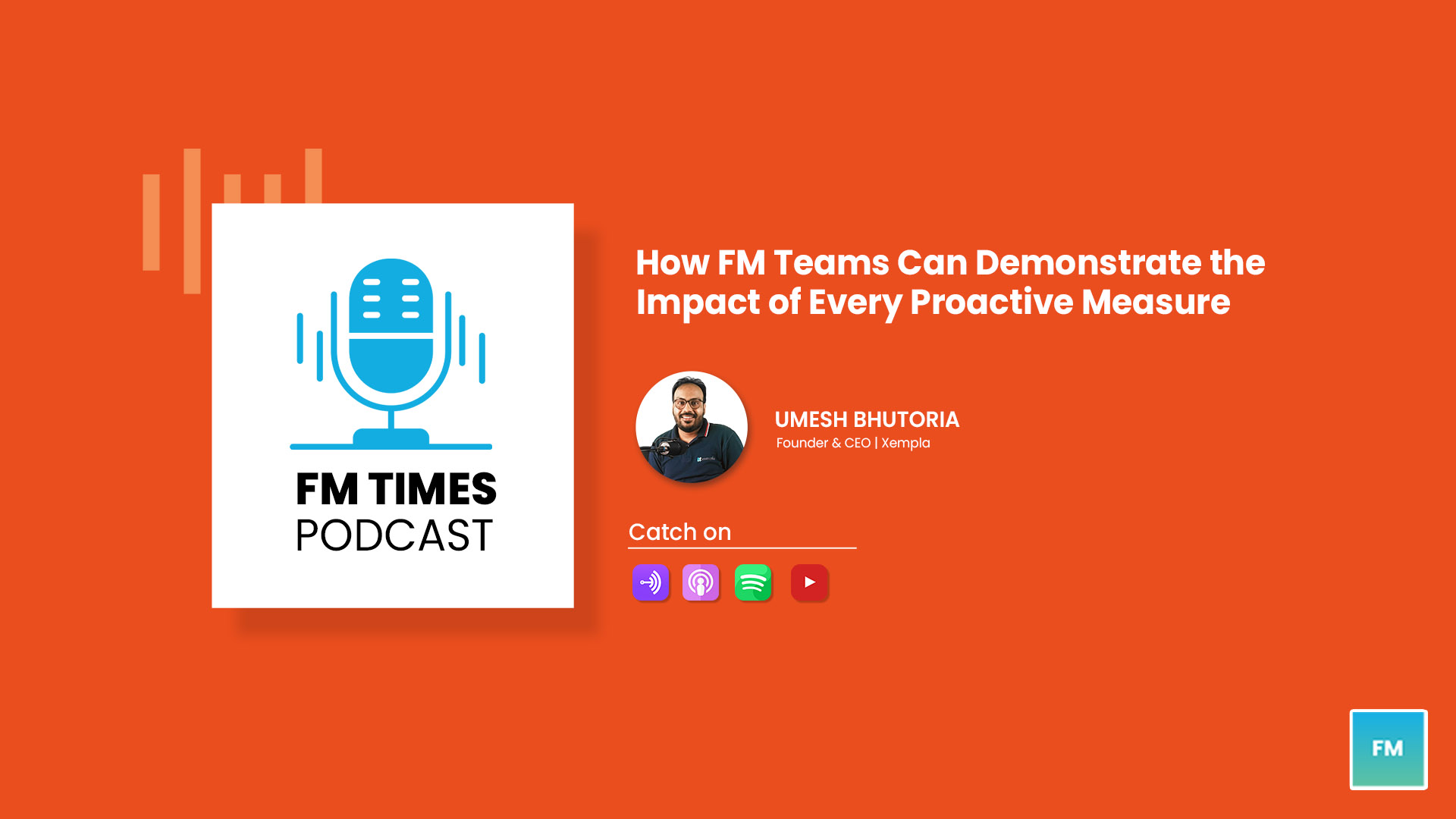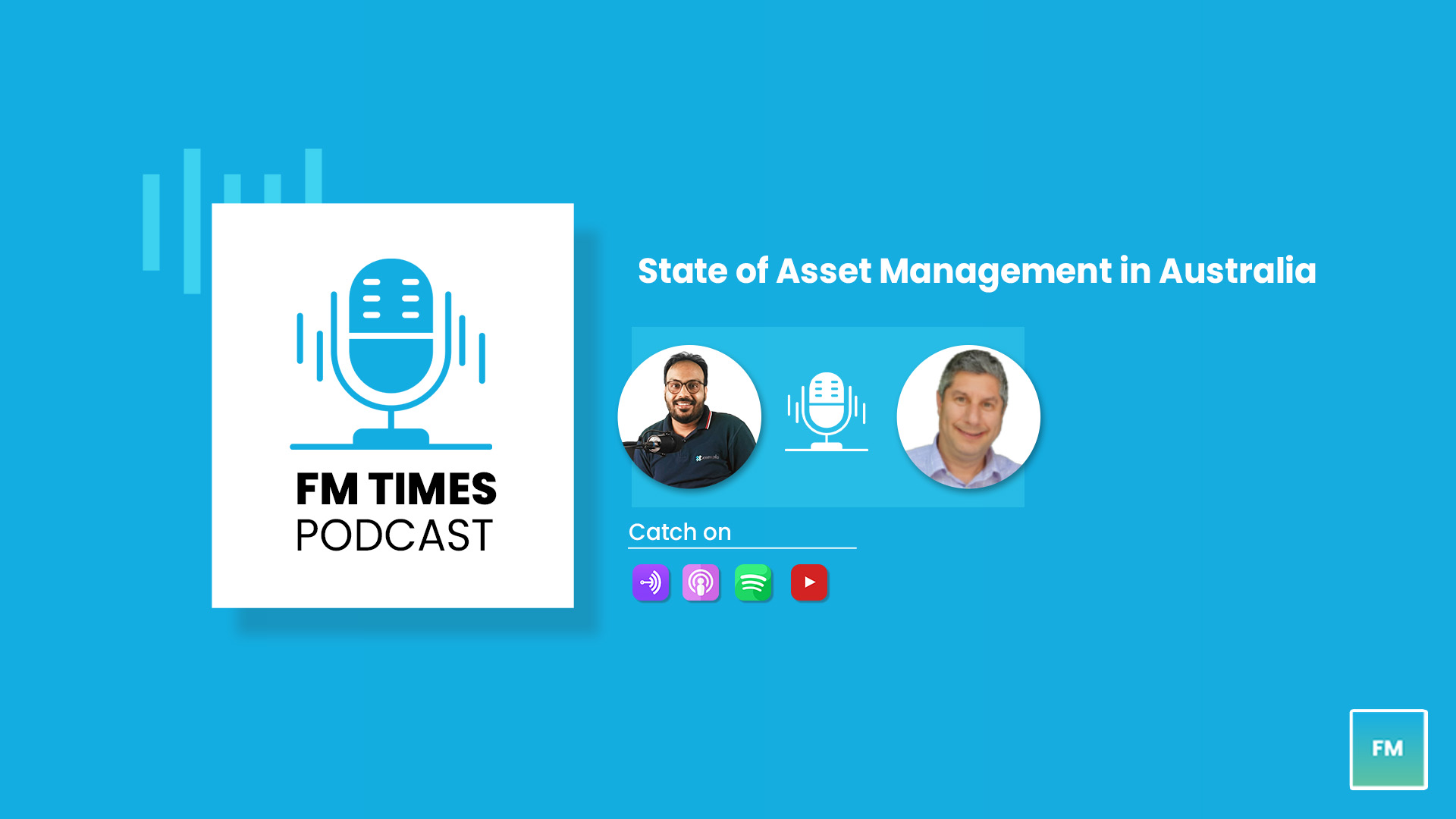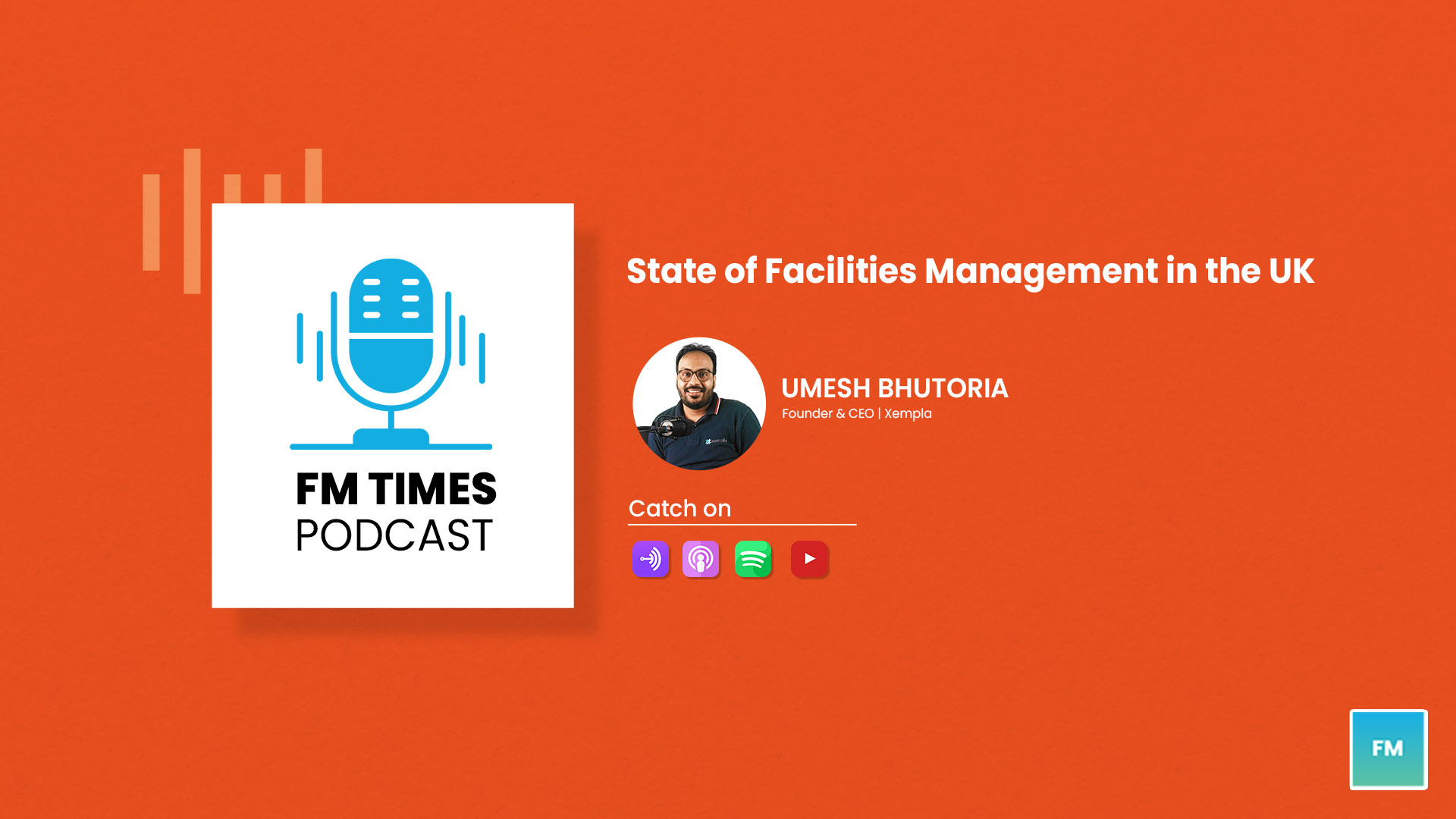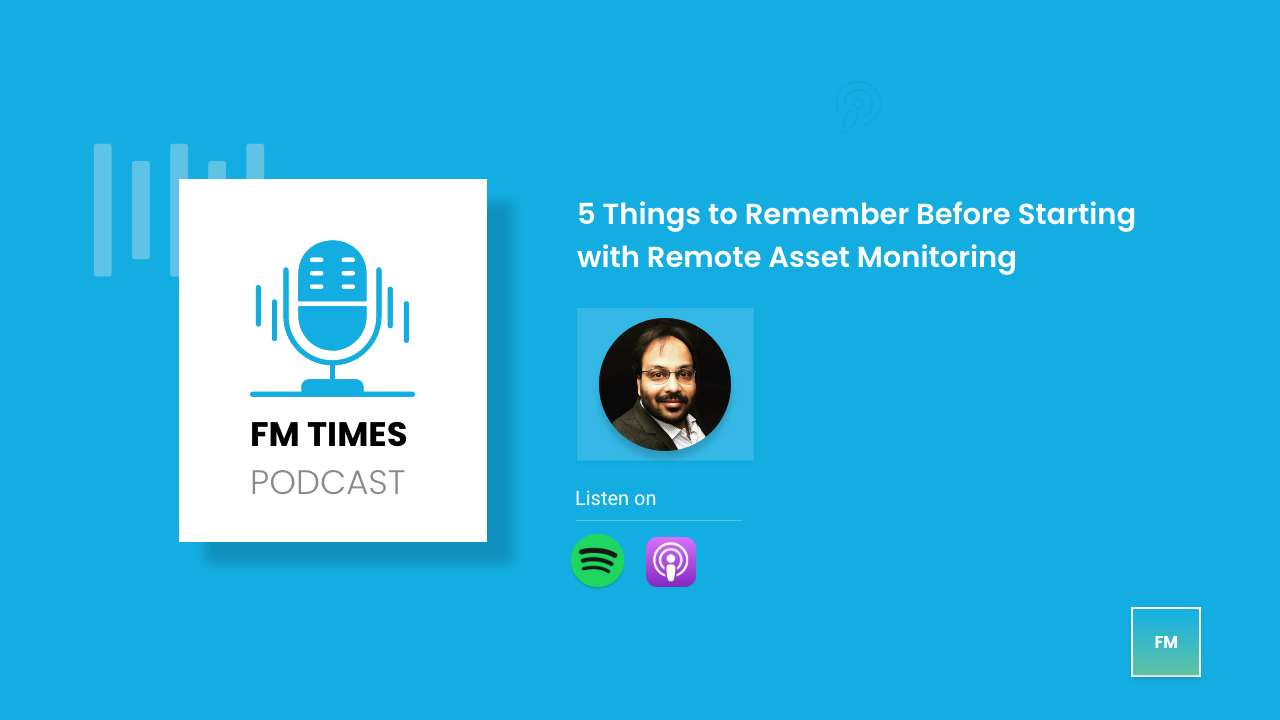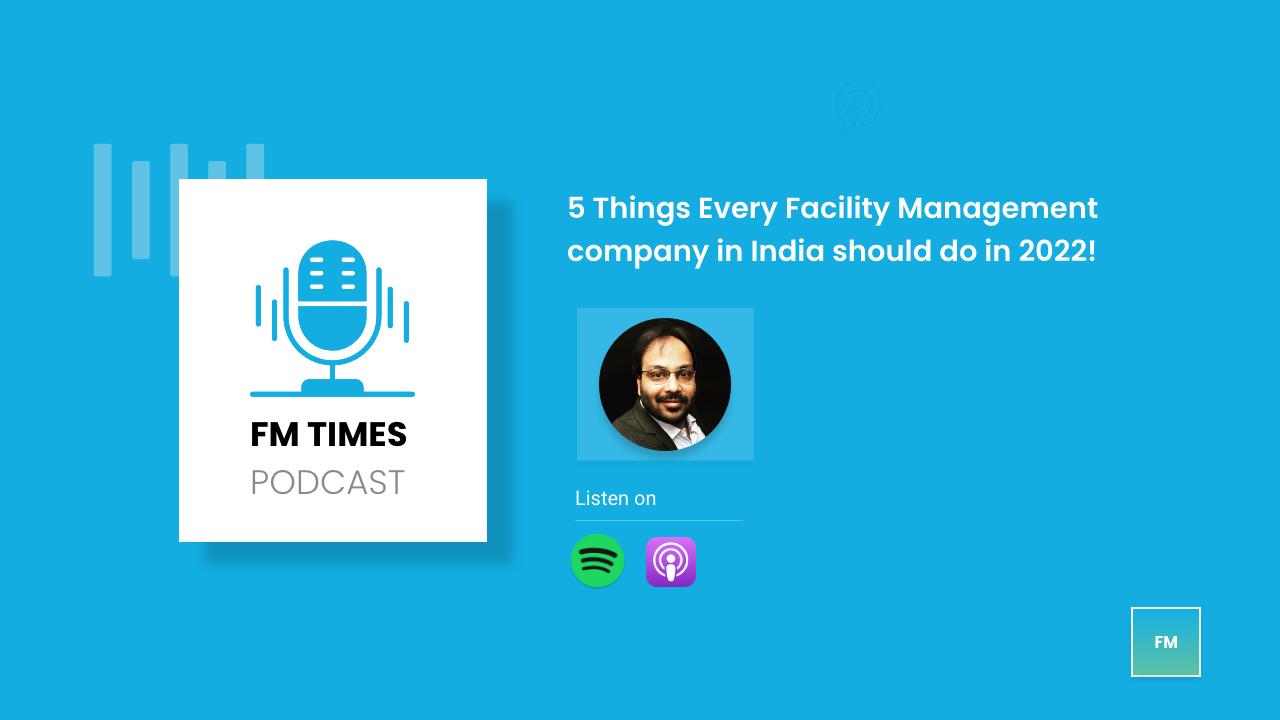You don’t need me to tell you that smart buildings are here to stay and not just a passing fad in the Real Estate industry. As the built environment needs to become more environmentally friendly and efficient, there is an increasing demand for smarter technologies. When it comes to smart buildings, there is both an opportunity and a risk. The application of smart building technology in Brownfield projects or retrofit environments presents a much larger opportunity than in Greenfield projects.
In this post, I’ve highlighted key insights from Umesh Bhutoria and Justin Kirby‘s podcast episode, in which they discuss everything from technology, smart buildings, human-centered design, and how marketing plays a role in all of it. You can listen to the full episode just below or hang on till the end of this post to get a gist of their conversation.
The Starting Point: Connecting Everything
The vocabulary around smart buildings is broad – such as Intelligent buildings, autonomous buildings, connected buildings, and so forth. In other domains, there are many models, such as the MA model known as the ladder of participation in the social impact space, which demonstrates the degree of participation in co-creation, collaborative innovation, social innovation, and so on. Other models include maturity models, progressions, and experience economy.
A smart building is not the endpoint, but rather the starting point. And this is sometimes overlooked in discussions around ‘smart’ because, if you have a maturity model or a ladder of progression, where do you start? Is a building an autonomous creature that can run without any of us having to do anything?
The first step, Justin says, is to connect everything; without connecting everything, such as operational technology, IoT, physical equipment, digital devices, and so on, there will be no data.
Smartness is about sustainable buildings and a better understanding of building usage, as well as improved customer and user tenant experiences. So the beginning point has to be how you connect everything, and hence ‘connected buildings’ is the term to use.
The Two Ends of Smart buildings: The Technology and the User
The majority of the plot in Star Trek revolves around Captain Kirk and the bridge. The engine room is only revealed when the Dilithium crystals are no longer functional. The same thing is happening with smart buildings. What intrigues everyone is what you can accomplish with various apps and platforms because it is tangible. You can observe the dashboard and its representation of the possible delivery. But none of it is possible without what lies beneath it, which is usually obscured and not thought about.
That is the distortion field surrounding smart buildings because all of the enthusiasm is focused on one end of it, but it will not be achievable without the other end. Any human-centered or user-centered design must begin by putting yourself in the shoes of the person for whom you are designing for.
Talking about connectivity – Greenfield versus Brownfield
Buildings that are newly planned are undoubtedly more efficient, yet 70% of the buildings that will be existing in 2050 have already been constructed. We should look at the difference between the two and see which one of them presents a better opportunity.
Greenfield Projects
- In a Greenfield project, connectivity is established from the start, mostly at the construction stage. So there are specifications for everything and no margin for deviation.
- A large investment goes into new plants and other operational technology. You must consider the devices as well as the network and how everything will be integrated into the construction plan.
- The disadvantage is that these standards are written two or more years before the building actually goes live and leaves no room for more iterative thinking making it extremely costly to change anything.
- In addition, the number of stakeholders in Greenfield is restricted.
- Often one company that did the construction and also owns the asset, and there are no handover process involving facilities management companies.
Brownfield or Retrofit Projects
- In the brownfield or retrofit scenario, you must first consider how to make it a connected building before considering smart, autonomous, or intelligent.
- It has to begin with a roadmap, determining what existing assets there are and what physical and digital assets will be required.
- A certain investment goes into other digital assets to improve tenant and user experience, such as air quality monitoring, density monitoring, energy optimization, and so on.
- You have to begin with collecting data from all of the plants and various operational technologies then consider the converged or integrated network and how to scale it. Not only that, but above the network is the edge or data integration layer, which is frequently done through platforms such as Tridium Niagara to help move data from various devices to a platform at the other end of it.
- There are far more stakeholders. There are multiple companies that deal with applications and hardware, including BMS companies, facility management companies, and others. This makes things considerably easier for Brownfield projects because several fields are involved.
The true challenge is, how can you bring them all together? When there are too many people in the room, the path and the end goal must be established.
Facilitating conversations between multiple stakeholders
When a large number of individuals are involved, a goal must be established and everyone must work together to achieve it. Prior to that, you must bring people from across the industry in one place to communicate with one another and facilitate a conversation.
There is no one-size-fits-all solution for a Brownfield or Retrofit situation. The ideal solution is to have a progression route. There is a need for a platform that is designed for estate management or big portfolios with multiple assets as well as building operations and management. We require a platform that can address issues like when to service the elevator or perform fire checks.
Is Single Pane of Glass (SPoG) the solution we need?
Several companies have multiple platforms for different areas with expertise in their fields. These best-of-breed platforms exist in the first place because the people who create them have a greater understanding of the users for whom they have been developed.
However, having a single enterprise-wide platform where everyone looks at a single dashboard and has one SLA on it will be challenging. So anyone offering a one-size-fits-all solution would have to demonstrate that each of the several components they offer is at least as good as, if not better than, the best.
A single pane of glass (SPoG) doesn’t necessarily have to be one solution. It could be anything that collects data from many sources and displays it on a dashboard for different users or stakeholders inside the firm. But on the other hand, a platform cannot be a culmination of applications within your own app platform.
Do Brownfield Projects require a leader among the many stakeholders?
Returning to the point that there aren’t many independent conversations going in the market about Brownfield or retrofit environment. There must be a leader among the stakeholders who has a broader influence on the issue and brings everyone together to lead this conversation because there is a lot of divergent thinking adding confusion in the market. This divergence exists in the minds of those who provide solutions.
Conversations with other people in the ecosystem enable us to understand what is going on in the industry and how it is changing the way we think about these things. When we put on our design thinking hats and look at it all, it’s just an extended part of the discovery phase.
There have been attempts to facilitate conversations through educational remits, research or through content marketing. However, there are too many people doing remits, particularly in the content marketing space. The issue with this approach is that it has become a part of the problem it was supposed to fix because everyone is a thought leader now. There are numerous white papers and expert opinions. Its success is assessed by how much attention it produces, not by the outcomes or insights and intelligence gained from the process.
Even though it benefits the business but doesn’t assist in understanding the market or the requirements and wants of the users. The goal should be to gain insight from these conversations that significantly help in rethinking or redesign the business. As a result, it reintroduces marketing and research into its place, and it becomes more of a strategic business function rather than just a promotional business function.
Need for Human-centered Design
When you understand what are the problems and challenges users are encountering, you can try to find a potential solution. This alters the priority mapping of the primary difficulties that those people face.
This connected thinking method helps people to see where to begin. The end might change or influence your progression. Progression is essentially the larger possibility that the Brownfield or retrofit environment gives us.
Not many companies have issued a specification for a network refresh while also committing to a targeted drive to net zero. They must plan for operational technologies as part of their network renewal. You won’t get there unless your buildings are operational and all of your assets are connected. So, if your company is committed to drive toward net zero, you must bring your IT and building services teams together with other stakeholders to understand employee experience and user functionality.
Listen to the podcast episode to know more about connected buildings, human-centered design and smart building solutions.
Let us know what you think about smart buildings and the retrofit environment. What is the best approach, in your opinion, to bring people together and imagine a future?

